Every person interested in the question of security in his own home. Especially when it comes to ordinary appliances. A small damage or a small circuit is sufficient to turn them into deadly objects.
A particular danger in the house represent such devices as a boiler and a washing machine. The fact that they are constantly in contact with water. She is known, best conveys the electric current. In the worst development of the situation, you don’t even need to touch the body, enough to step in a puddle of water.
The consequences of electric shock more than serious until the heart stops. That is why you need to do everything possible so that every appliance in the house was safe. Now there are two main methods of protection: neutral earthing and grounding. How do they differ from each other, and in some cases it is necessary to use the first method, and in which the second, will deal below.
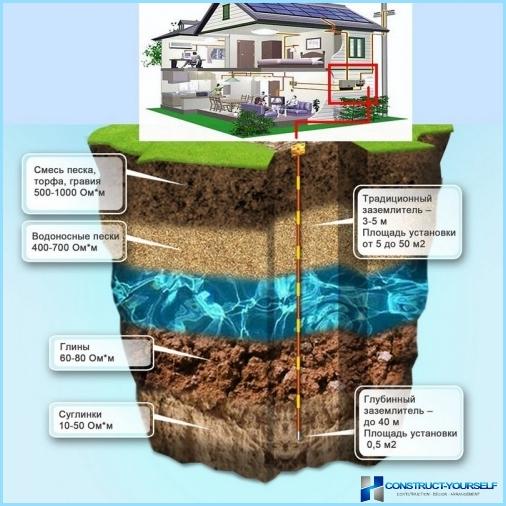
Protection ↑
In some cases, plugs and other protective devices are not triggered by the problem. The result of this is a violation of isolation. As a result, metal elements of the case are perfect conductors, carrying a huge risk.
Fortunately, there is neutral earthing and grounding. Both methods allow you to protect the human body from an electric shock. However, the technical implementation of the data protection methods of electrical appliances is very different.
Some parts of electrical devices according to the features of the installation are live. In this case, manufacturers use special covers. There are other protection measures such as barriers and mesh barriers. However, without grounding earthing devices and do not work. They represent the extreme border protection, and to understand where to apply, you must know how they differ.
Grounding ↑
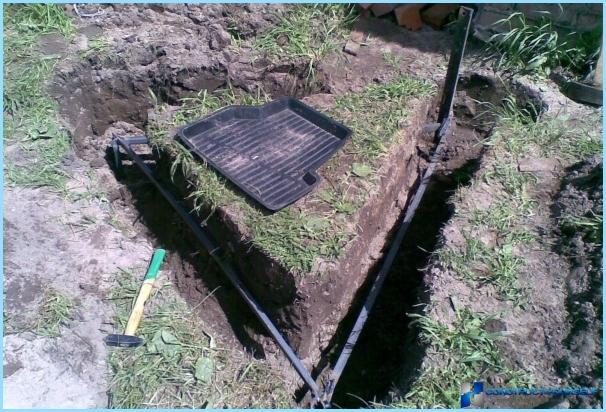
To understand what distinguishes the ground from vanishing, let’s start with the first one. The system of protection against electric shock establishes a circuit between the device and ground. The result of this scheme more than adequate — voltage metal elements go into the ground in case of accidental break of the insulation. You can safely touch the technique without fear of hurting yourself.
After you do the ground. Current will leave the conductor into the ground without creating any danger to humans. This, in fact, distinguishes this method of protection of the vanishing.
The ground should have minimal resistance. This is necessary in order to the current without any obstacle, entered the land. This is another important factor, which is ground.
The ground is also different from those of the vanishing, which significantly increases the alarm current, which is fed in the appearance circuit. The resistance is because a small value, otherwise in an emergency situation the voltage will be too low for the activation of protective circuits. Therefore, the device can remain energized.
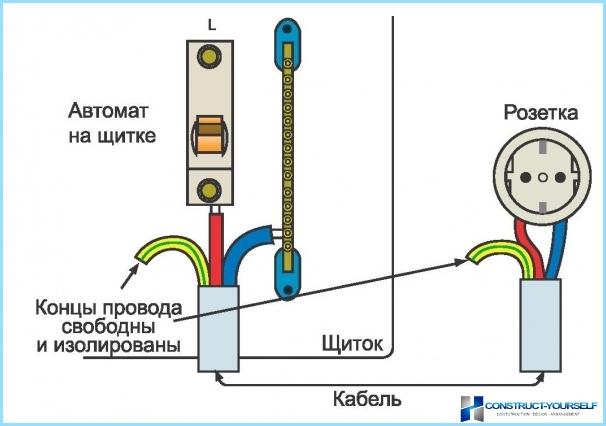
In grounding there are two main element is the earthing conductor. They together form a new device. This Assembly connects appliances with the earth, making them safe to use. The working principle of the vanishing is very different. Therefore, a scheme with zero used in new networks.
In the process of development of the means of protection against accidental electric shock grounding is divided into two types: for the removal of pulse current and for protection from the storm. Unique design allows you to achieve two purposes, depending on changes of some structural elements.
In the first case the conductors may support normal household appliances even in emergency situations. In the second to prevent possible damage to living organisms. This situation arises in cases when a violation of the insulation of the phase conductor. As he goes on the metal body the consequences are more than serious.
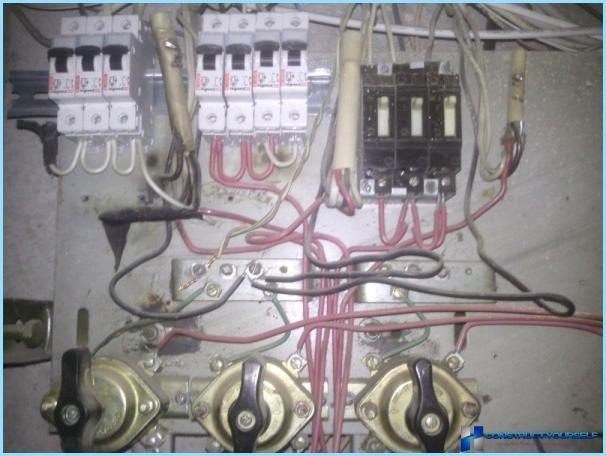
Few people know, but the ground can also be natural, in other words, natural. Metal structures and pipelines in certain conditions can serve as a great ground.
Classification ↑
As mentioned above, in the process of constant development of technology, scientists have highlighted a variety of unique schemes of grounding. As a result there were such subgroups:
- TN-C,
- TT,
- TN-C-S,
- IT.
They use different schemes of connection, moreover, the number of conductors is much different. The abbreviation can tell a lot about the device. The first letter speaks about the power source.
- T — neutral, leading to the land.
- I — fully-insulated conductors.
The second letter indicates how the earthing of conductive parts.
- N — direct point.
- T — connection with the earth.
In the above two diagrams you can see a few letters that stand across the dash. The letter C indicates the presence of only one conductor. S — about diametrically opposite.
The vanishing ↑
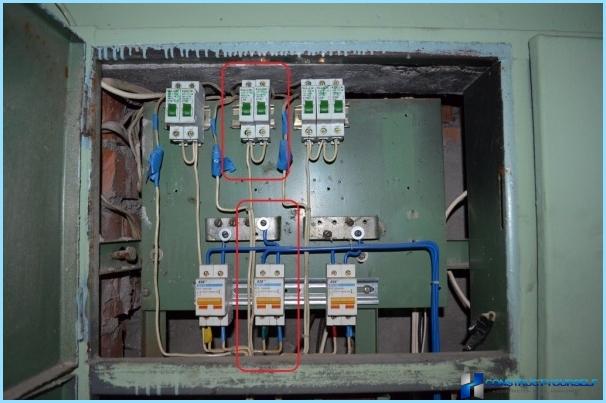
Now consider, what is vanishing, and how it differs from the usual ground. If to speak about purely structural component, the system protection from electric shock is a combination of metal parts.
Each of the subassemblies has a zero voltage. The variant with the use of a neutral. But it must have a three-phase source. The second option involves the earthed terminal of the generator. The latter must be in the same phase.
Neutral earthing works as follows. Once broken the insulation, a short circuit occurs. The result is a circuit breaker. Of course, much depends on the system itself. For example, in some just burn out the fuse. In any case, the effect is the safety of people touching devices.

Usually zero is used in the equipment in which the neutral is tightly grounded. In principle, this system is different from earth ground. A feature of the scheme of the vanishing is that when you connect the RCD is the operation of the entire system. This incident occurs due to the difference of power current.
Even vanishing from the ground is characterized in that when installing the RCD and circuit breaker in case of nonstandard situation can work these two elements. Also possible involvement of a third device having higher performance.
Features of the vanishing ↑
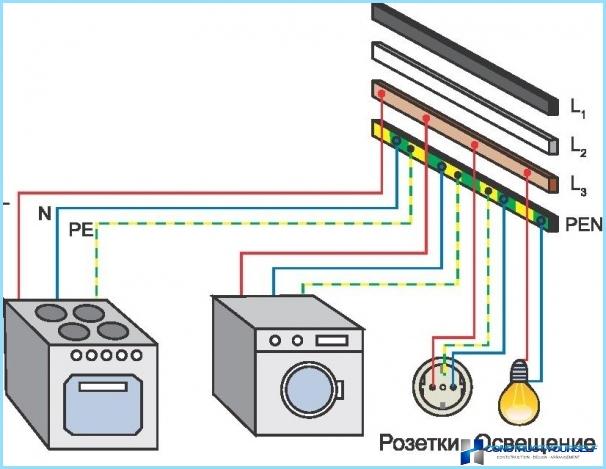
Vanishing differs from the ground that when a short circuit current must reach the target at which the fuse will melt. Of course, there is an alternative to breaker.
To stop this from happening, you should always follow the neutral conductor. Its state depends the security of the entire system. To prevent the current to all the objects of the vanishing it is necessary to refrain from interrupting neutral conductor of any circuit breakers or fuses. By the way, this requirement is no different and for grounding.
The key differences ↑

We have reviewed the main characteristics of earthing and earthing devices, now let’s sum than they differ from each other:
- Grounding is more effective.
- The ground differs in that it provides security by reducing the power supply.
- The vanishing is characterized in that the protection of electric appliances is due to the shutdown of the damaged site.
- Neutral earthing is complex to install. To install the ground under the force of each.
As you can see, the differences between neutral earthing and grounding are quite weighty.
The results ↑
Neutral earthing and grounding are two fundamentally different system of protection against electric shock. It should be noted that the first system is used in houses with new wiring, and the second in older buildings.
If to speak about the benefits, the ground is considered much more reliable way of protection. But the installation of such scheme can not in all electrical networks.





